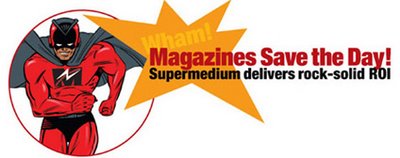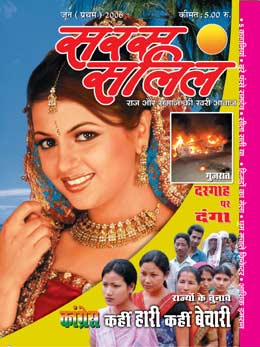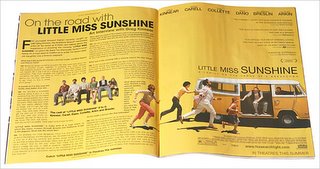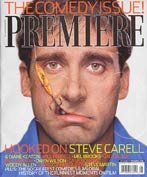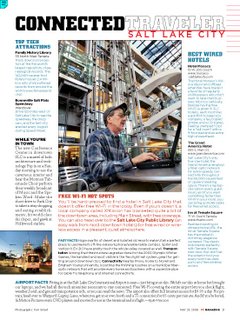Circulation: Issue-by-issue Measurement
New Auditing tools promise more immediate information, more transparency, and more accountability
It has long been known that different issues of a magazine generate different audience levels and can also attract different type of newsstand buyers. Issues with higher audience levels also tend to bring in readers who read the publication less frequently. A recently concluded study by McPheters & Company found that some magazines accumulate their audiences more rapidly. Weeklies, it was found, accumulate their full audience in the first four weeks after going on sale.
Encouraged by its results, McPheters & Company has announced readership.com - a new print ratings service that does continuous measurement of publication audiences. readership.com, has also partnered with online measurement company comScore Media Metrix to provide additional information about consumers who access publications online.
And they are not alone.
Last month Audit Bureau of Circulation launched its Rapid Report for consumer magazines. ABC Rapid Report allows publishers to voluntarily report their top-line circulation data on an issue-by-issue basis within weeks of the on-sale or non-paid distribution date. American Media Inc. and Meredith Publishing Group have already pledged that all of their ABC-audited titles will voluntarily participate in Rapid Report.
Mediamark Research, too, has been testing a system that is supposed to discover how quickly consumers read individual editions of print magazines, by conducting weekly, web-based consumer surveys that will supplement its twice-yearly printed surveys that have long been the main currency of magazine advertising buys. This study will enable advertisers to better define variables that influence the performance of individual issues and determine the how efficiently and quickly certain issues reached their target audiences.
According to Folio, BPA Worldwide is also working on a system that allows consumer magazine to report issue-by-issue circulation data - numbers of paid and/or non-paid qualified subscription copies and single ‘newsstand’ copies, the appropriate subtotals and the overall qualified paid/non-paid total.
What this could mean:
Tracking print audience levels and engagement on an issue by issue basis will make it easier for advertisers to understand how effective magazine advertising is. And that might change the way which advertising in magazines and newspapers is bought and sold. Another plus, media planners will now be working with data that is fresh and not two years old :)!
Audit Trivia:
I just did a search on ABC in India and I get linked to a site that has not been updated in years. According to information available there 61 Indian magazines were audited on/till May 2001.
Labels: Circulation




